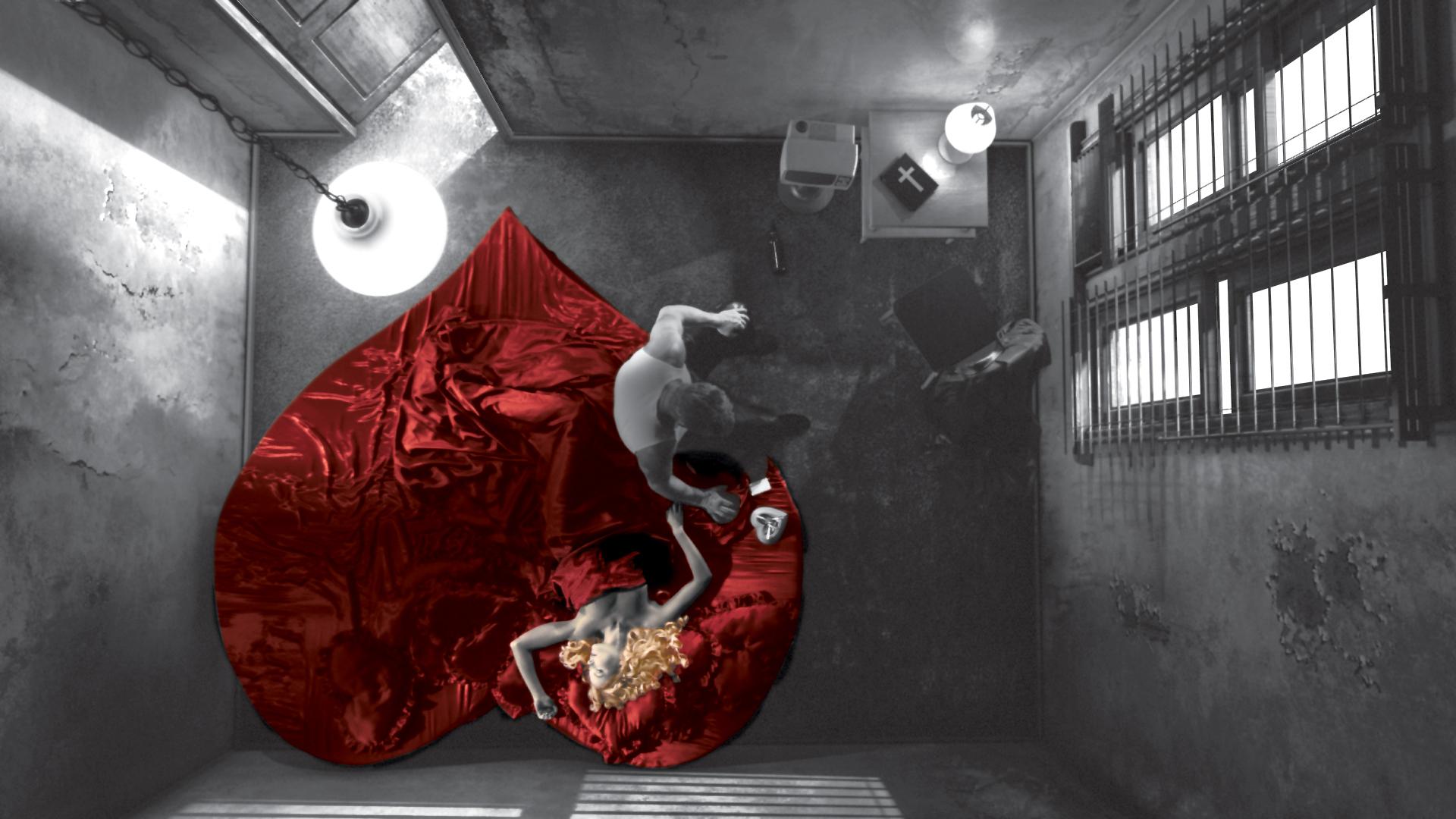A film storyboard is essentially a large comic of the film produced beforehand to help film directors and cinematographers visualize the scenes and find problems before they occur. Often storyboards include arrows or instructions that indicate movement.
Hitchcock's films were strongly believed to have been extensively storyboarded to the finest detail by the majority of commentators over the years, although recent research indicates this was exaggerated for publicity purposes.
Other directors storyboard only certain scenes, or none at all! I find this like shocking, although it must be a very long process, storyboarding an entire film. Personally, I can't film without some sort of a storyboard - but I have only shot a short film. I think the storyboard is essential, just I am not very good at drawing, I prefer to write or make notes.
I plan to do a storyboard and an animatic.
Animatics
I love animatics, they give a better idea of how the scene will look and feel with motion and timing. At its simplest, an animatic is a series of still images edited together and displayed in a sequence. More commonly, a rough dialogue and/or sound track is added to the sequence of still images to test whether the sound and images are working effectively together. Animatics are good as they allow the directors and animators to work out any screenplay, camera positioning, shot list and timing issues that may exist with the current storyboard. Often storyboards are animated with simple zooms and pans to simulate camera movement.
Hitchcock's films were strongly believed to have been extensively storyboarded to the finest detail by the majority of commentators over the years, although recent research indicates this was exaggerated for publicity purposes.
Other directors storyboard only certain scenes, or none at all! I find this like shocking, although it must be a very long process, storyboarding an entire film. Personally, I can't film without some sort of a storyboard - but I have only shot a short film. I think the storyboard is essential, just I am not very good at drawing, I prefer to write or make notes.
I plan to do a storyboard and an animatic.
Animatics
I love animatics, they give a better idea of how the scene will look and feel with motion and timing. At its simplest, an animatic is a series of still images edited together and displayed in a sequence. More commonly, a rough dialogue and/or sound track is added to the sequence of still images to test whether the sound and images are working effectively together. Animatics are good as they allow the directors and animators to work out any screenplay, camera positioning, shot list and timing issues that may exist with the current storyboard. Often storyboards are animated with simple zooms and pans to simulate camera movement.



















No comments:
Post a Comment